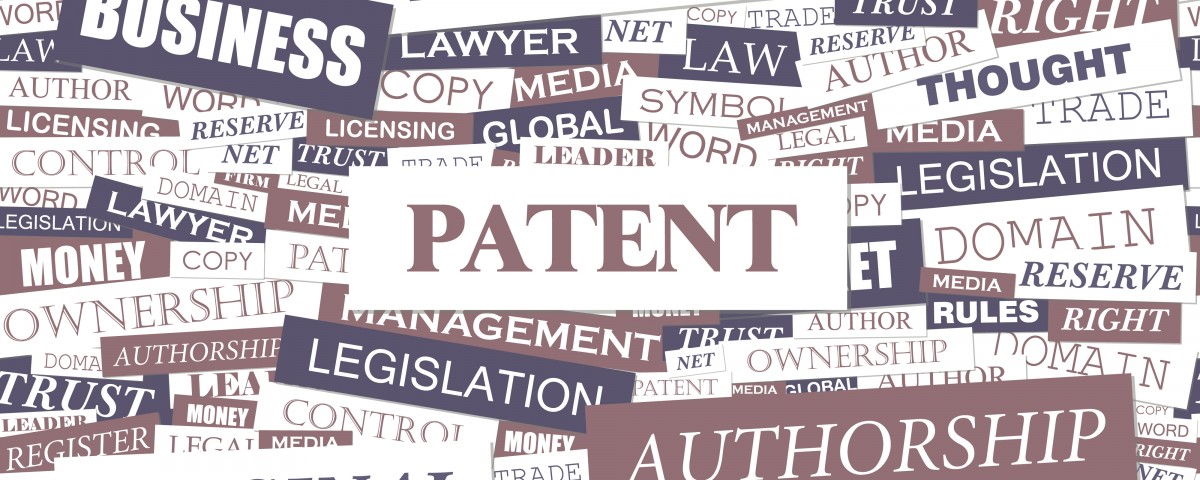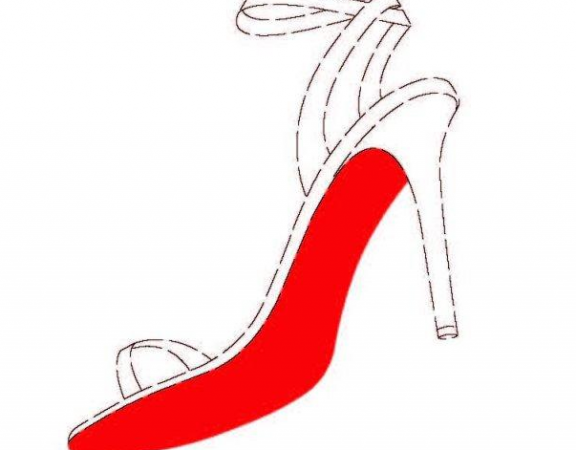I practice intellectual property law in the United States. The following are some of the most common intellectual property myths that I hear during my practice. When people realize that these myths are not true, they often regret relying on them. In some cases, it means they have made very expensive mistakes.
1. If you change something 10% (or one letter, or misspell it, or three design elements, or 20% of the notes, or just copy a couple of bars of the song, or etc.) then you are not infringing.
Your brain craves a simple answer to the question “Am I infringing?” It wants an easy way to draw the line between what is ok and what is not ok. Unfortunately, there is not a simple line, just a field of grey. Infringement is determined based on going through complicated processes that focus on lots of different details. These processes have been developed and refined over the past 200-300 years and there are exceptions to the exceptions. Plus there are many different kinds of intellectual property and they each have their own rules and processes. As an example, depending on what US Court you are in, there are between 8 and 13 factors that these courts use to determine if one brand is “confusingly similar” to another brand. None of the factors are controlling, many of the factors are subjective and the courts don’t always apply them in the same way or even with the same outcome.
2. If it is on the internet (or if there is no copyright notice) then it is free.
It isn’t. Copyright rights exist the moment a creative work is in a tangible form (think written down, painted, recorded, stored in computer memory, etc.). These copyright rights are, with only a few exceptions, owned by the author. This means that when my toddler takes my crayons and draws all over my wall in my house, then I better have her permission before I take a photo of it and post it on the internet. Now, my daughter isn’t going to sue me for that. But, there are companies out there who use web bots to constantly search the internet for versions of the images that they own, looking for infringers and you can bet that they will go after you if they find you used one of their images on your website.
3. If you bought it or your employee made it, then you own it.
This can be confusing because the rules for intellectual property ownership are different for the different kinds of intellectual property. Plus, sometimes state laws come into play, too (especially when employment is considered). That means that the rules are also a little different in every state. If you assume you own something, just because you paid for it or because the person who created it is your employee, you will find yourself wrong very often. You want ownership to be clear and to do that you need signed written agreements with the authors, inventors, developers, photographers, graphic designers, and etc. that you work with. You don’t have to own everything that they make and sometimes it doesn’t even make sense for you to own it, but you do want the ownership to be clear by agreement.
4. If you just put the ® symbol next to your brand, you are protected.
The ® symbol next to a brand element (logo, company name, product name, slogan, etc.) means that you have successfully secured federal trademark registration of that particular brand element through the United States Patent and Trademark Office. If you use it in any other way, you could be putting future rights at risk. For example, it is possible to lose a federal trademark registration if you use the ® symbol before you actually get the registration. The TM symbol is the one you want to use if you can’t yet use the ® symbol. Sometimes I see people put © next to their brand name. Please don’t do that, it is like scratching your nails down a chalkboard.
5. I got a patent, so I can’t be infringing anybody else’s patent.
A patent registration means that you have come up with something new and satisfied the other criteria. New things are always combinations of old things. If one or more of the old things that you combined has a patent, too, then you may be infringing that patent by using the old thing in your new thing. Therefore, the myth is just not true.
6. I didn’t invent anything, so I don’t have any intellectual property.
Patents get the most press, but intellectual property covers a lot of material. Every business has a brand and that is intellectual property. Anybody that writes, codes, paints, sings, composes, illustrates, animates, photographs, or etc. creates intellectual property all the time.
7. Poor man’s patent/copyright: Write everything down and then mail it to yourself and don’t open it so you have proof.
Here is a reason why this just doesn’t work: You are in court fighting over the intellectual property and you are on the stand. Your attorney asks you questions and then has you prove it by opening your letter in front of everyone. You show the date stamped on the outside of the letter and tell the court it has never been opened, showing the back of the letter. Then you open it and everyone oohs and ahhs with your proof. The next day, the opposing attorney brings in their own letter. It too has a date stamped in the past and looking at it you can tell it has not been opened. They open it and inside is a clipping from today’s newspaper with today’s date. Now you look like you might be a con artist playing tricks on the jury. It is WAY too easy to fake a letter like that. Instead, if you want to prove that you had/did/said something on a particular day, then make a written record of it and have two people sign that written record and date it saying that they saw/heard and understood it on that day. Then you can bring one or both of those people in as witnesses. Courts and juries are much more accepting of witnesses and they cost less than postage.
8. If you cite the source you have copied, you are not infringing.
I think this one comes from a disconnect between the academic world and the world of business. In the academic world it is a sin (plagiarism) to not cite your sources, but it isn’t against the law. If you are used to the plagiarism rule in school, you will tend to think that citing your sources is good enough. Sometimes you may even add a statement saying something like “No infringement is intended” or “I don’t claim ownership in this and all copyrights belong to their owners.” Citing sources is polite and academically appropriate, but usually it can’t change infringement to non-infringement. If someone believes you have stolen their property, nice words don’t really make it better. You usually can’t speak yourself out of a problem that you behaved yourself into.
9. I registered the name of my company with my state and they accepted it, so I must be ok.
State company registration processes usually include a phase where you wait while they search their records for conflicting names. This sounds like they are doing a trademark search and if you make it through the process you might think that everything is ok. Far from it. They are usually just checking to make sure that your name is not exactly the same as someone else’s because they don’t want identical names for different companies. So, this kind of search will not pick up an identical name that is operating out of a different state, nor a similar name in the same state. It can also give you a false problem if someone has an identical name in the same state, but they do something completely different from what you do so nobody would be confused if you have the same name. From my experience, state trademark registrations are similarly flawed and can’t really be trusted to give you meaningful rights. Also, getting a domain name is nice, but also doesn’t give you trademark rights either. If you want real rights, go for federal trademark protection.
10. I’m a non-profit, so intellectual property doesn’t apply to me.
Non-profit organizations still have intellectual property and still need to protect it. The only thing that is different is why they have it and why they need to protect it. A pure for profit company will protect its assets because they are tools that are used to make profits. A non-profit organization usually has another purpose and their intellectual property helps them to achieve that purpose. Imagine if someone went around collecting donations in the name of your non- profit but kept them for their own organization (that might even be a for profit company) that was named in a confusingly similar way. That would certainly get in the way of the good your organization is trying to achieve.






